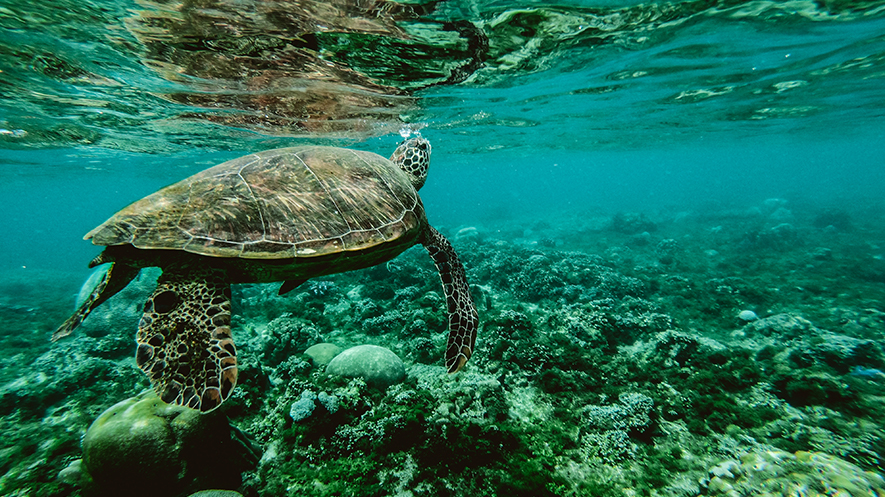The Brazilian government has designated two new marine protected areas this week to maintain the health of the ocean ecosystems and protect the many species living within them. The protected areas are home to a rich marine life, including sharks, turtles, rays and whales.
The designation increases the Brazilian marine protected areas from the current 1.5% to 24.5%, surpassing the target set by the Convention on Biological Diversity (CBD), which recommends the protection of 10% of marine and coastal areas by 2020.
The announcement, made during the 8th World Water forum taking place in Brasilia until Friday March 23rd, was acclaimed by Erik Solheim, Executive Director of UN Environment: “This unprecedented initiative aiming at protecting almost one million square kilometers of extraordinary biological richness shows Brazil’s commitment to protect marine ecosystems and endangered unique species”
Solheim further congratulated Brazil for this decision, hoping it will resonate and inspire other countries to follow the same path.
The new federal conservation units are located around two remote territories, isolated from the Brazilian coast. The São Pedro and São Paulo archipelagos and the submarine volcanic chain that connects the Trindade island to the Martin Vaz archipelago are burgeoning with large numbers of pelagic fish – mainly yellowfin tuna, mackerel and kingfish– rays, octopus, 17 species of sharks, 12 species of whales and dolphins, green turtles, loggerheads turtles and comb turtles.
Denise Hamú, UN Environment’s representative in Brazil, commented: “The oceans provide us food, regulate our climate, and produce most of the oxygen in the air we breathe. Nevertheless, they are facing unprecedented threats. The protection of these marine areas translates into ecological, social and economic benefits, and is one of the best options to maintain the health of our oceans”.
The protected areas will be of mixed nature. Some areas will allow the development of regulated economic activities and others will be considered natural heritage, thus protected from any form of exploitation.
In addition to sheltering biodiversity, both area’s will also play a strategic role in the delimitation and protection of the Brazilian territorial sea and the Exclusive Economic Zone (EEZ). These locations will be co-administered by the Ministries of Environment and of Defense, which is considered as an innovative approach for protected areas. The Brazilian Navy played a historic and important role in the protection of these islands, where its presence will continue.





